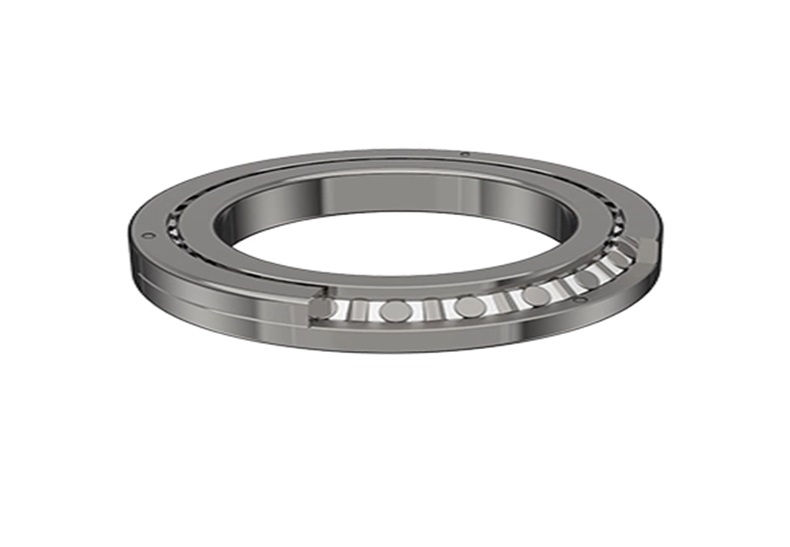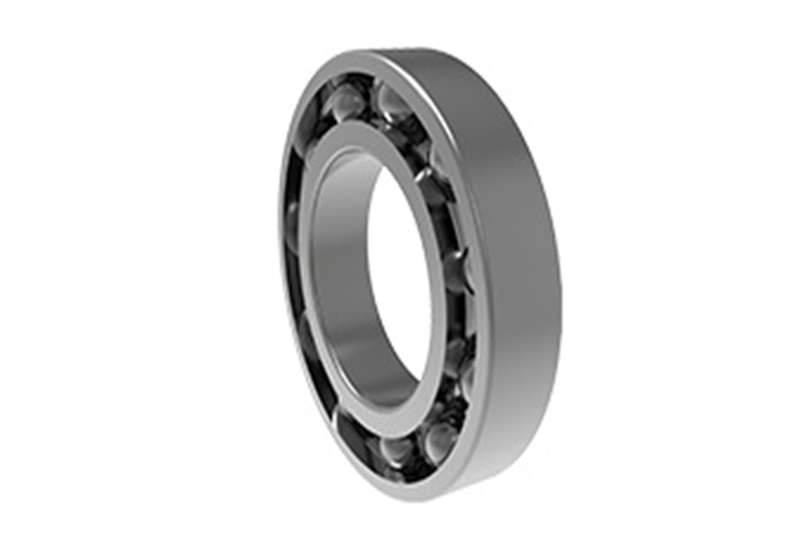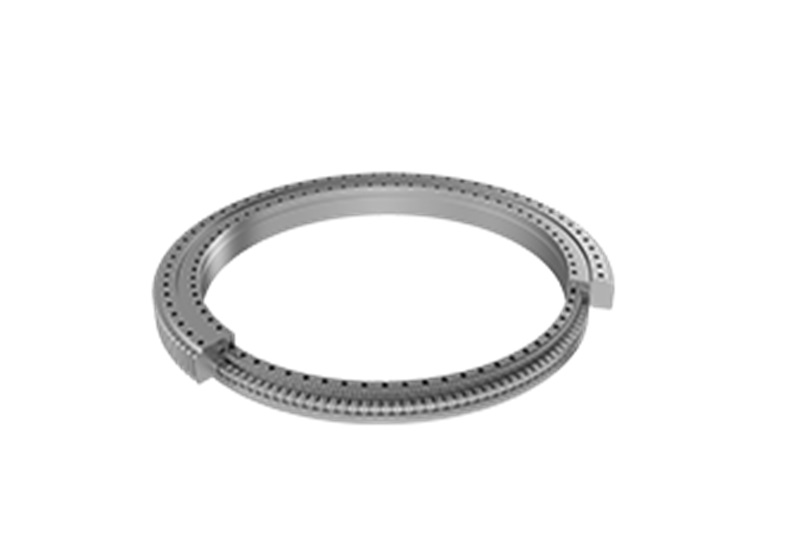Design Advantages of Cross Roller Slewing Bearings
Cross roller slewing bearings play an indispensable role in the industrial sector due to their unique design. Ingeniously composed of two interlocking race rings, this sophisticated structure not only reduces its weight but also ensures ultra-high manufacturing precision, minimizing assembly gaps. Consequently, this type of bearing demands a high degree of installation accuracy. The rollers are arranged in a crisscross pattern at a 1:1 ratio, allowing the bearing to easily handle forces from all directions, including axial forces, overturning moments, and significant radial forces.
Features of Standard Design
The standard design of cross roller slewing bearings is unique, with either the outer or inner ring cleverly divided into two parts. After the assembly of rollers and retainers, these components are combined into a tight whole through a unique fixing method. This design not only simplifies the installation process but also makes load state optimization a breeze, requiring only minor adjustments to the connecting bolts and fixing flanges. Additionally, the rollers are arranged perpendicularly to each other on a 90° V-groove rolling surface through spacers. This exquisite structure endows the cross roller slewing bearing with outstanding load-bearing capabilities, easily handling radial, axial, and moment loads.
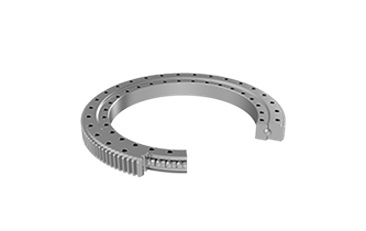
Applications of Ultra-thin Design
To meet diverse application needs, the design of cross roller slewing bearings is very compact, especially its ultra-thin structure, which reaches near-maximum minimized dimensions while maintaining high rigidity. This makes it particularly suitable for use in the joints or rotating parts of industrial robots, rotary tables of machining centers, robot rotating parts, precision rotary tables, medical instruments, measuring instruments, and IC manufacturing devices.
Additionally, various models with different structures have been derived from the basic type of cross roller slewing bearings to suit different application scenarios. These models include basic, high-rigidity, ultra-thin, and internally or externally toothed types. Furthermore, there are different external structures such as split inner ring, split outer ring, and integrated inner and outer rings, as well as internal structures like full complement rollers, metal window retainers, and nylon or metal separators. The connection methods are also diverse, including bolt connections, rivet connections, and spring washers.
The main advantage of cross roller slewing bearings lies in their simple structure. By arranging cylindrical rolling elements in a crisscross pattern, they achieve excellent axial, radial load capacity, and overturning moments on a single raceway. Moreover, their design avoids the issue of one-sided contact or jamming of the rollers. Because the inner and outer rings of standard products are separable, the clearance can be adjusted, ensuring high-precision rotational motion even under preload conditions.
Advantages and Applications of THB Bearings Cross Roller Slewing Bearings
THB Bearings: A leader in high-performance cross roller slewing bearings. Among the many models of cross roller slewing bearings, THB cross roller slewing bearings stand out due to their excellent performance. These high-performance products feature a compact structure and unique design, showcasing outstanding application effects in various fields. Whether in industrial robots, machining centers, or precision rotary tables, THB cross roller slewing bearings provide high rigidity and high-precision rotational motion support, becoming essential key components. Their diverse connection methods and flexible internal structure further meet the needs of a variety of application scenarios.
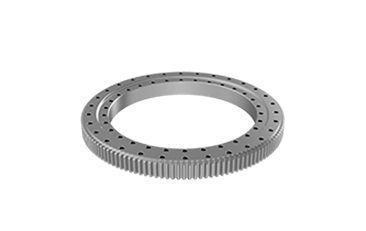














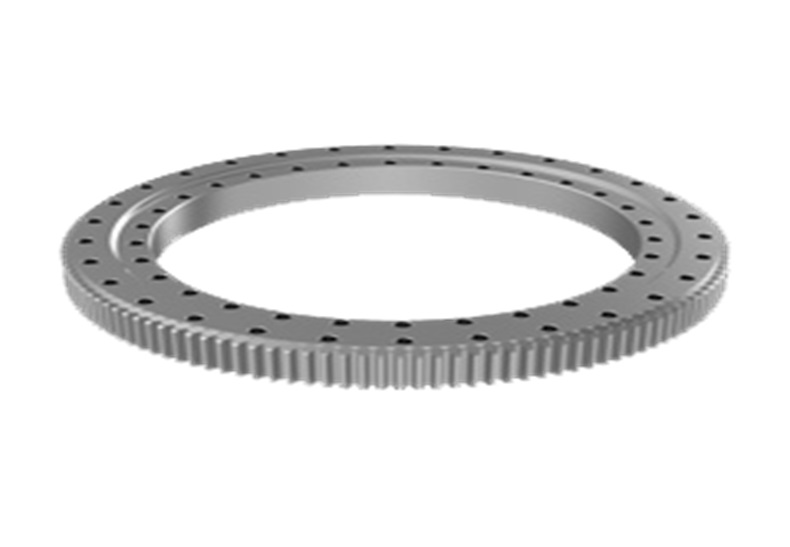
 English
English  français
français  Deutsch
Deutsch  italiano
italiano 


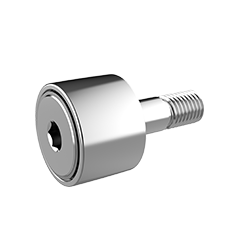
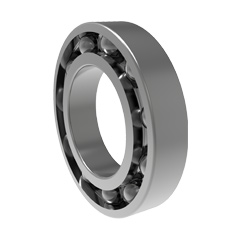
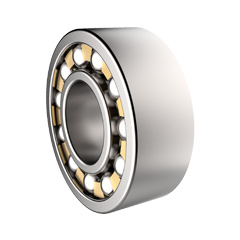
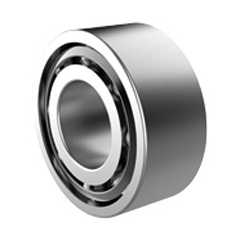
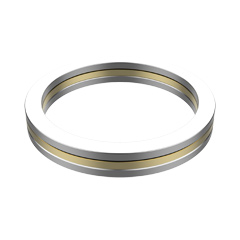
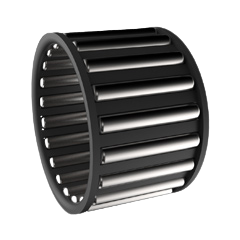



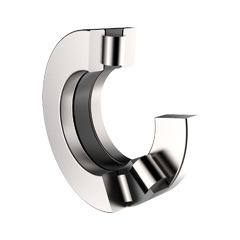
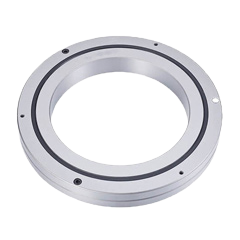
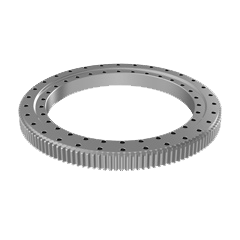
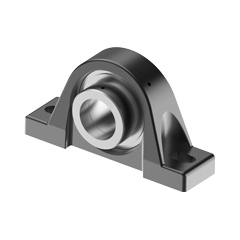
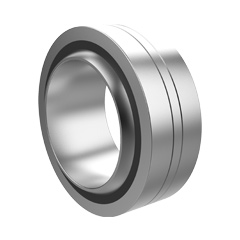

 English
English  français
français  Deutsch
Deutsch  italiano
italiano 

